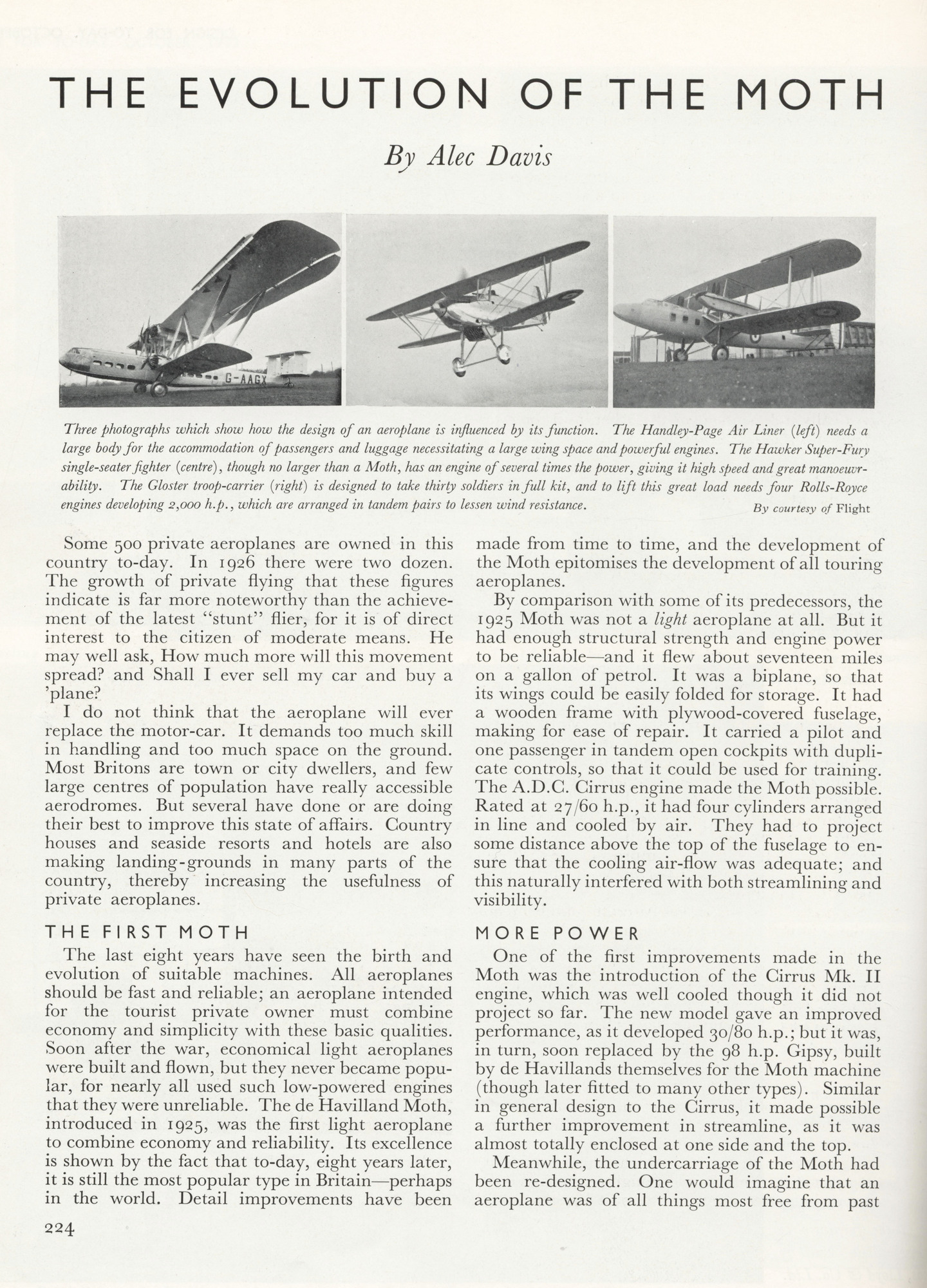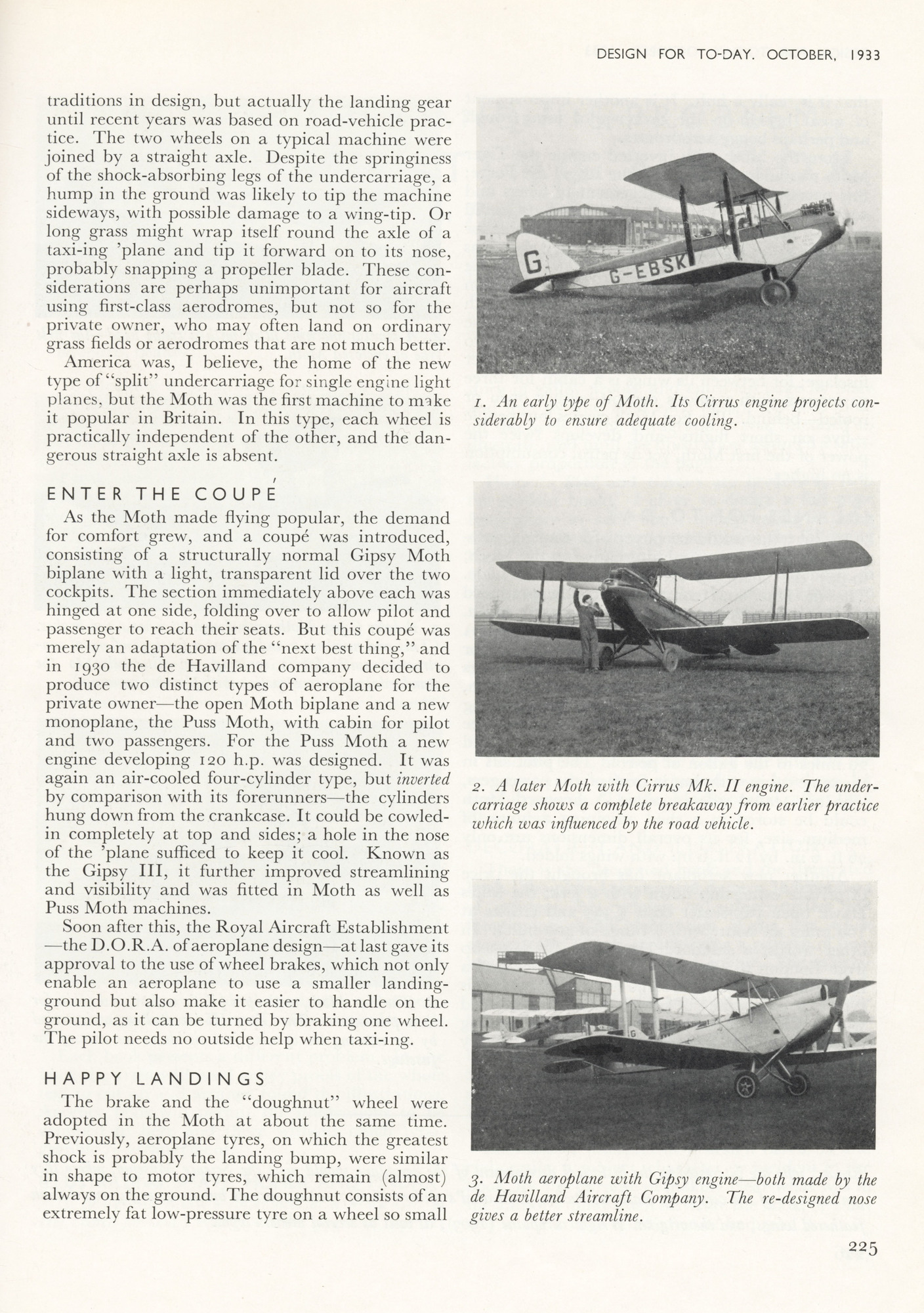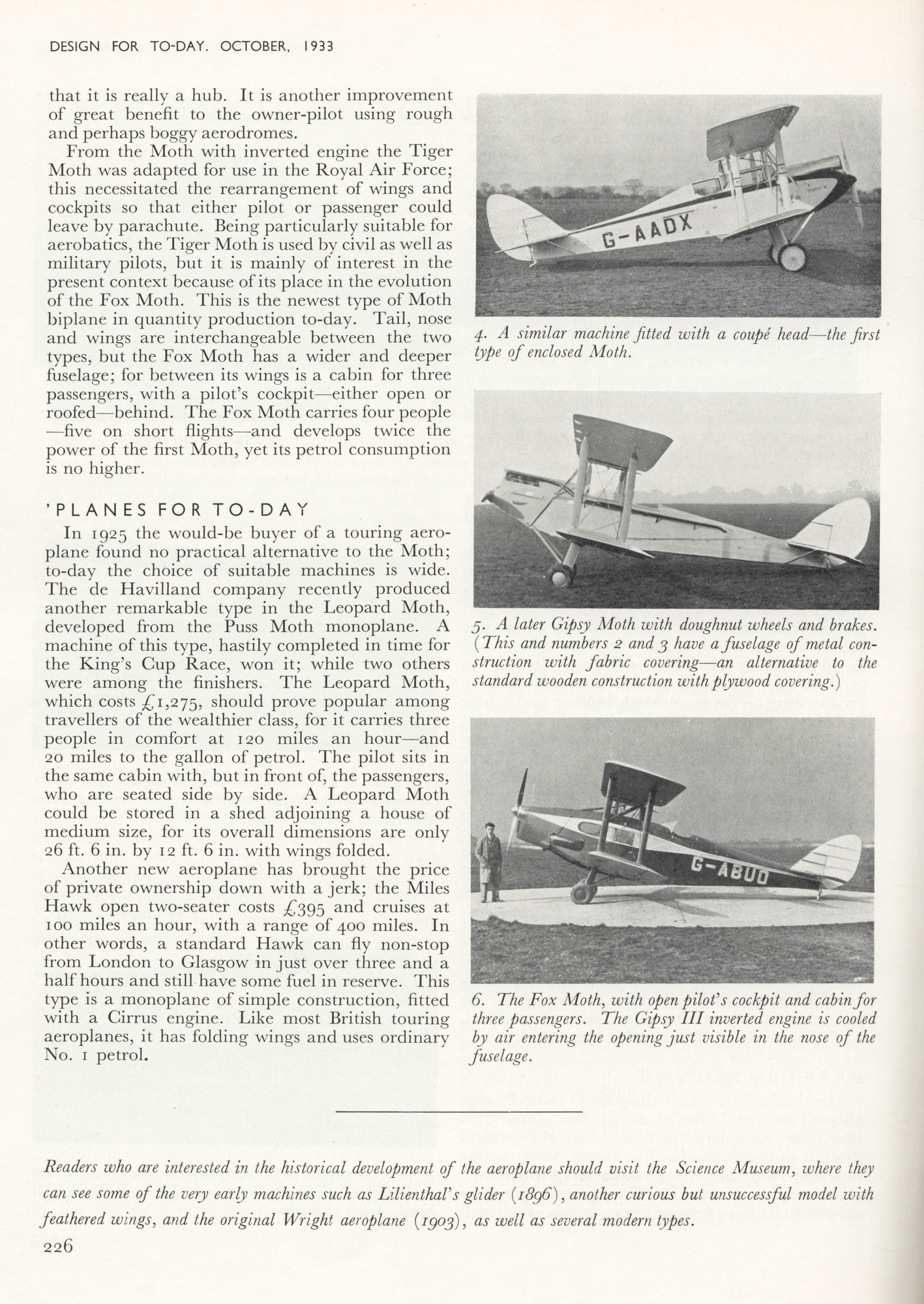6 of
You are browsing the full text of the article: The Evolution of the Moth
Click here to go back to the list of articles for
Issue:
Volume: 1 of Design For Today
| Design For Today 1 1933 Page: 224 | ||||||||||||||||||||||||||
| The Evolution of the Moth | ||||||||||||||||||||||||||
|

|
|
||||||||||||||||||||||||
| Design For Today 1 1933 Page: 225 | ||||||||||||||||||||||||||||
| The Evolution of the Moth | ||||||||||||||||||||||||||||
|

|
|
||||||||||||||||||||||||||
| Design For Today 1 1933 Page: 226 | ||||||||||||||||||||||||||||
| The Evolution of the Moth | ||||||||||||||||||||||||||||
|

|
|
||||||||||||||||||||||||||


